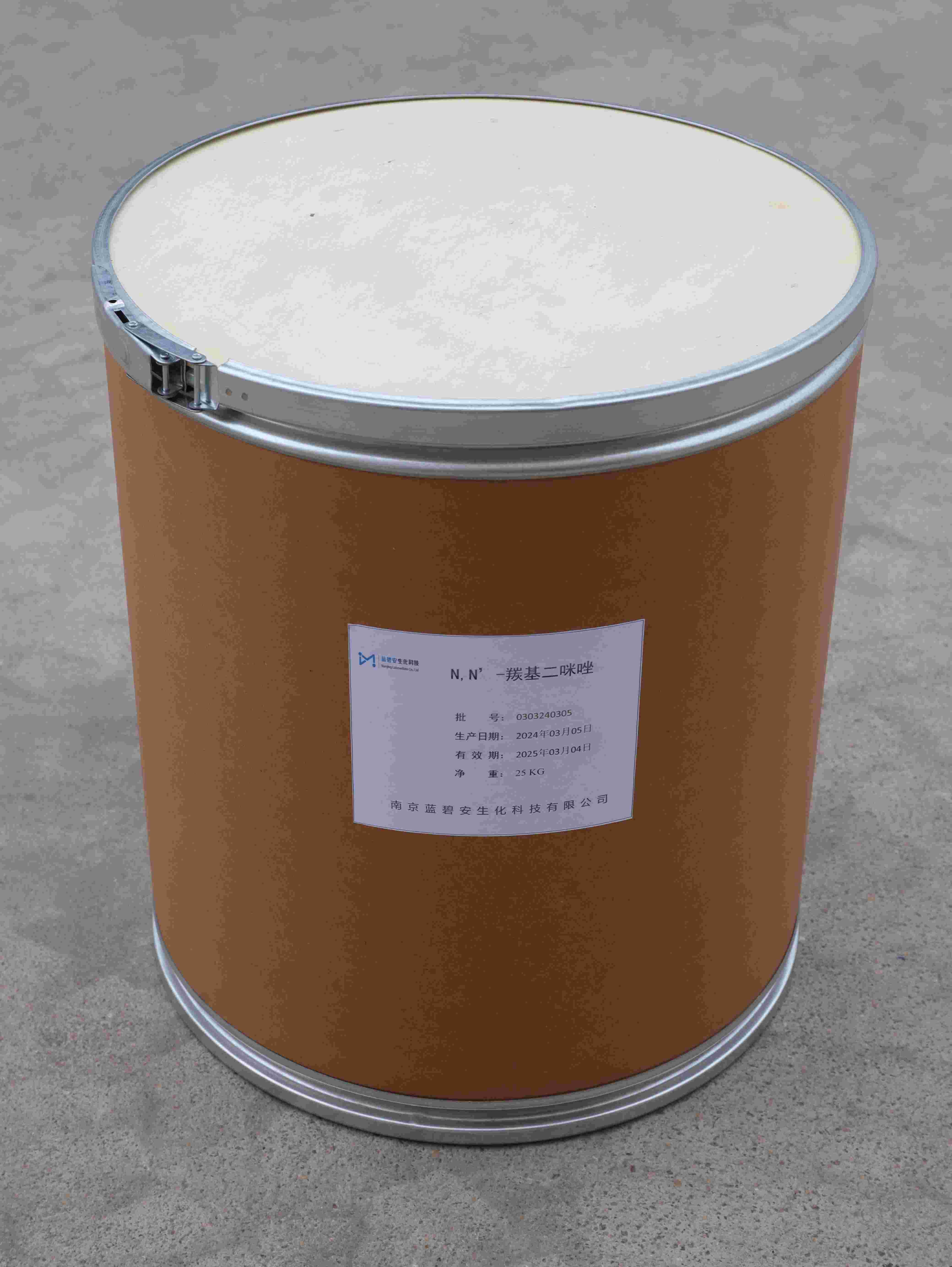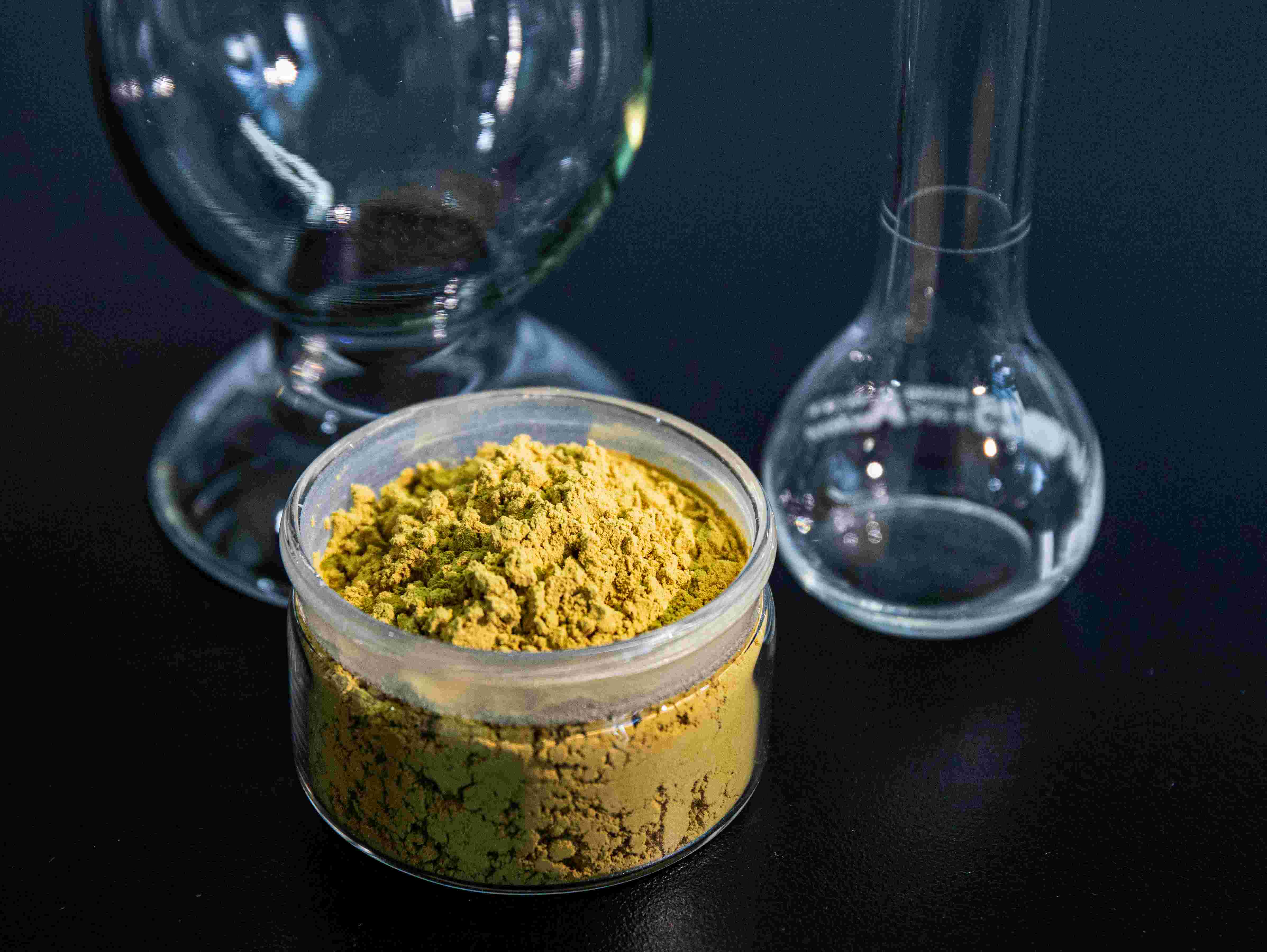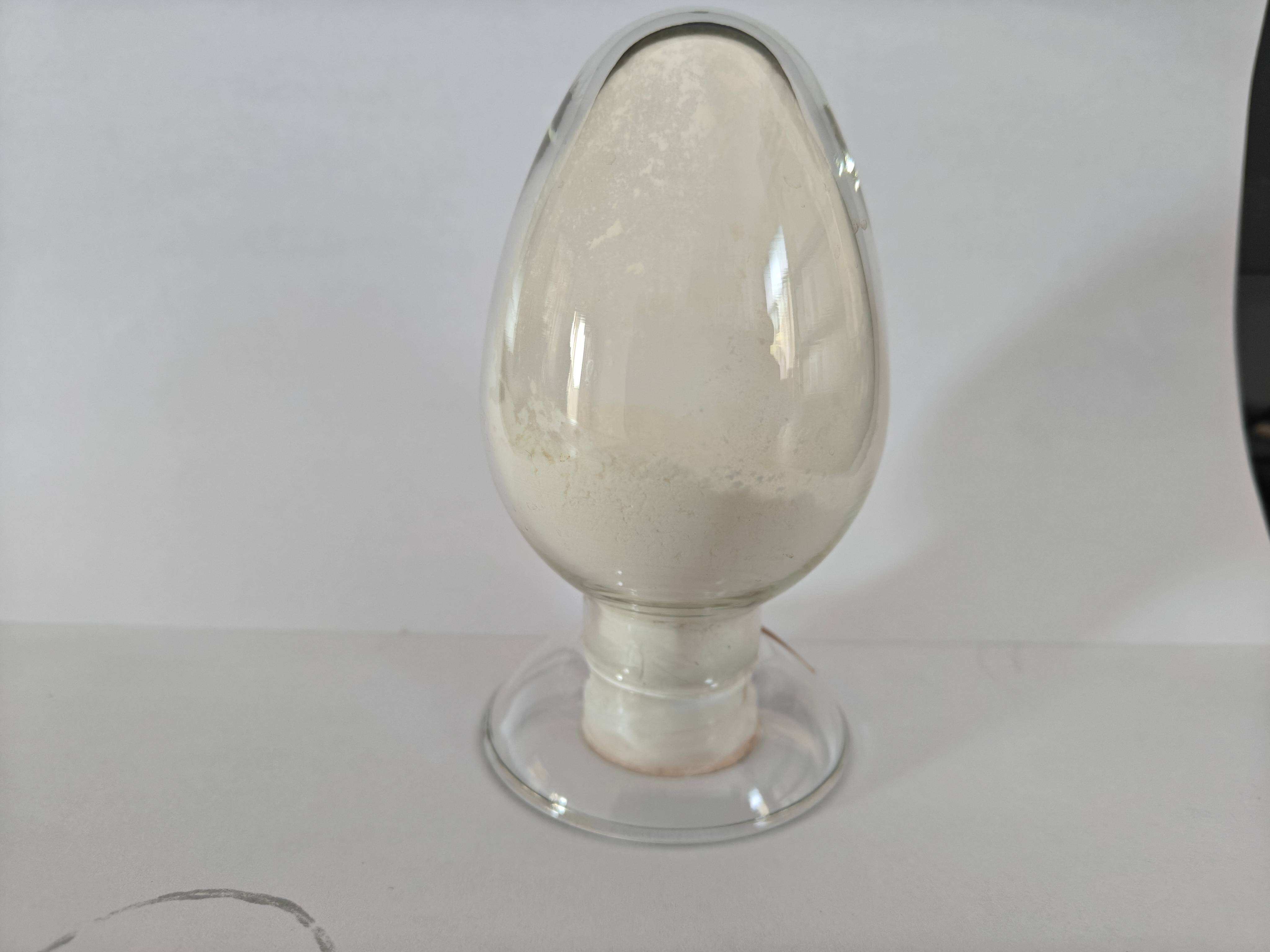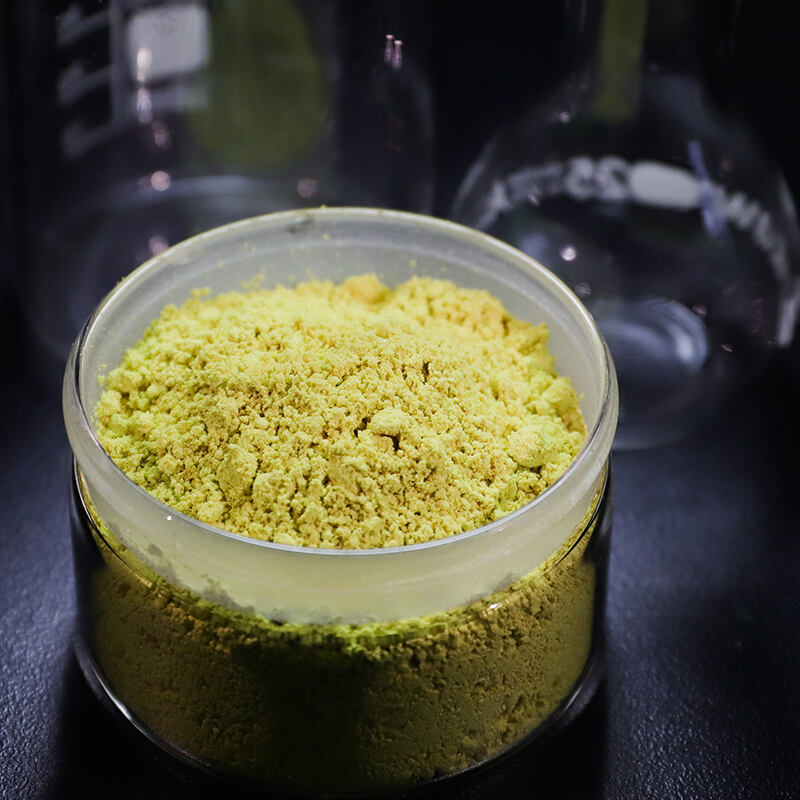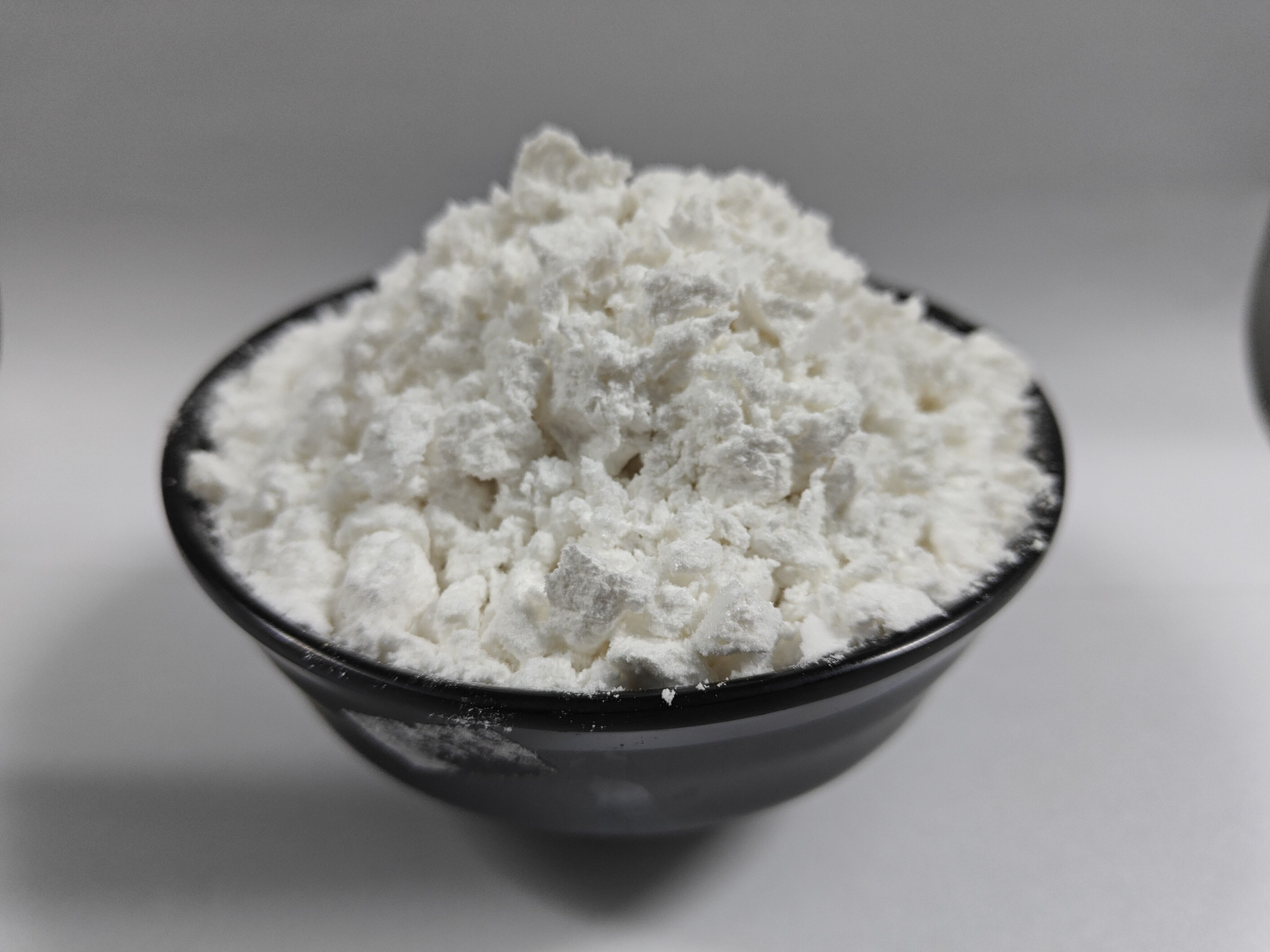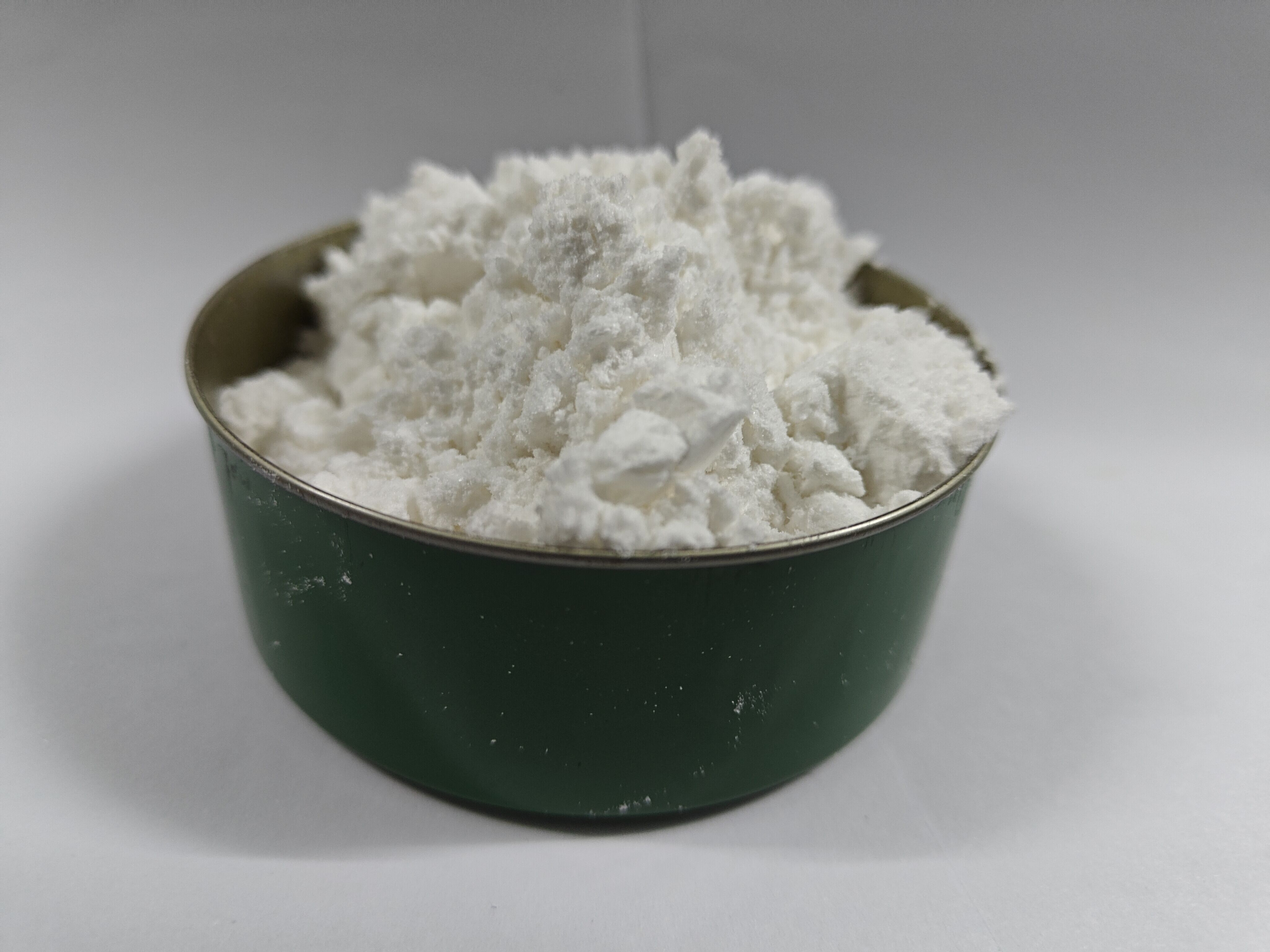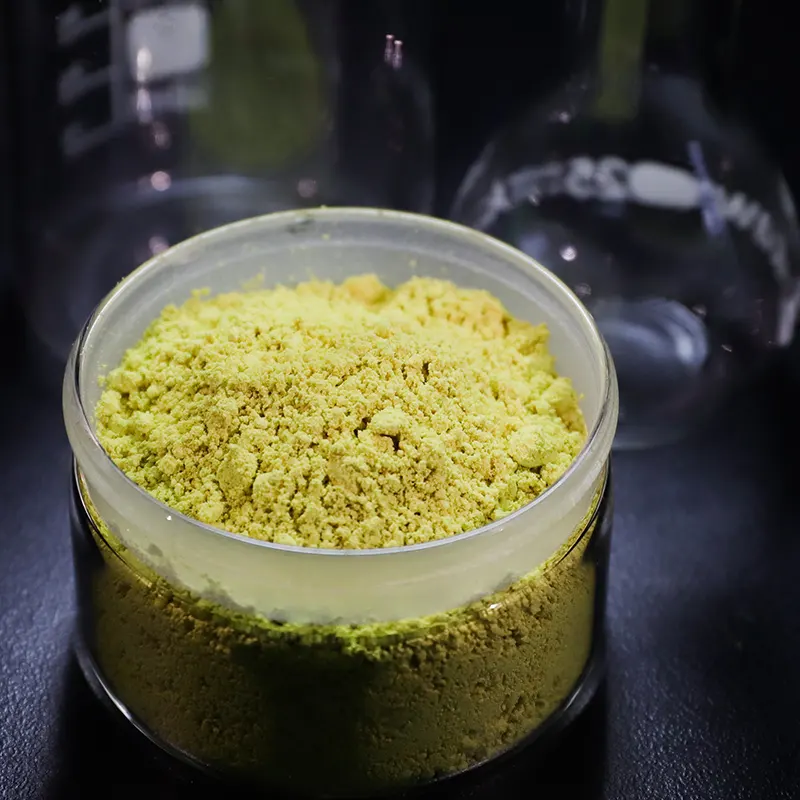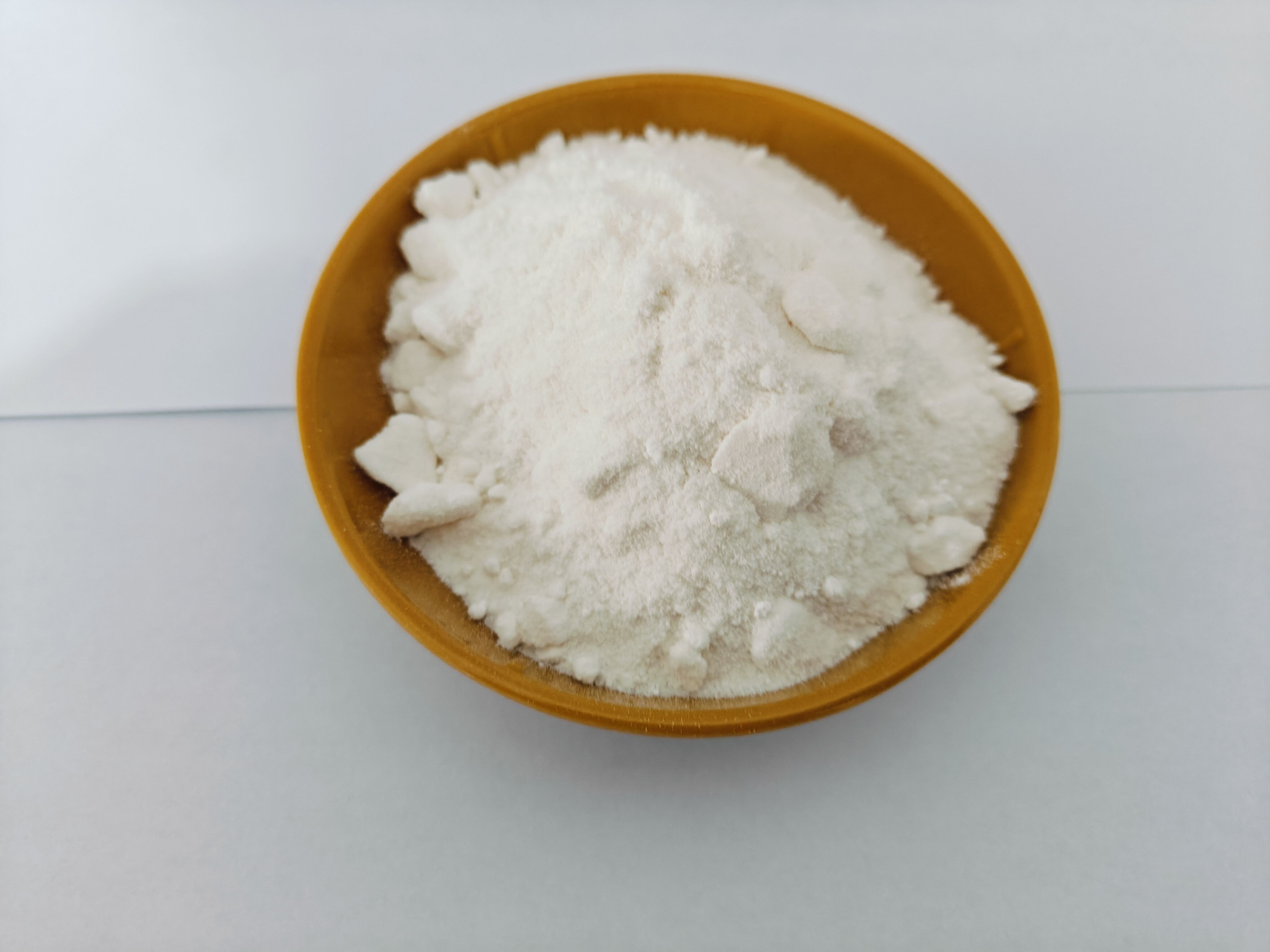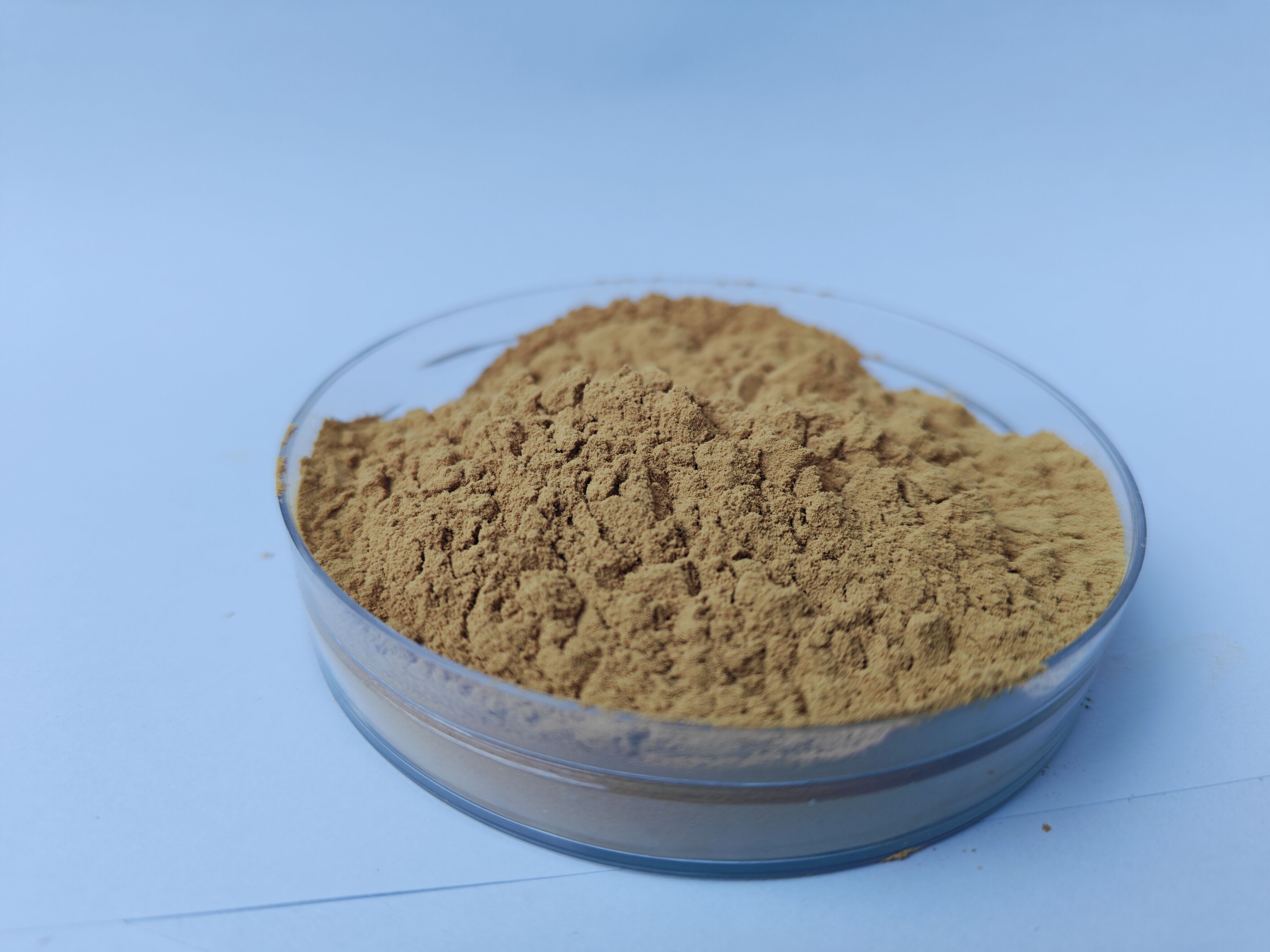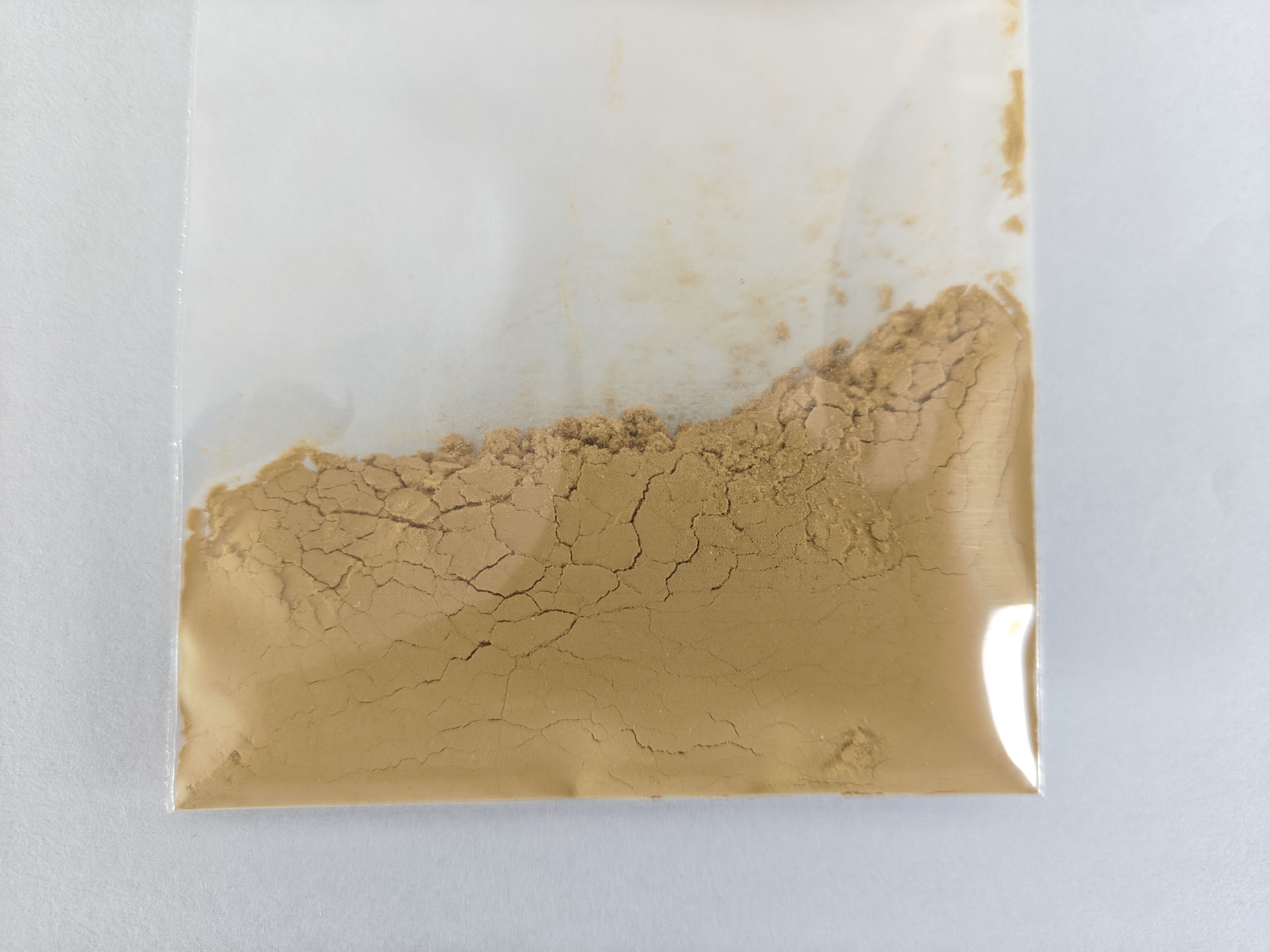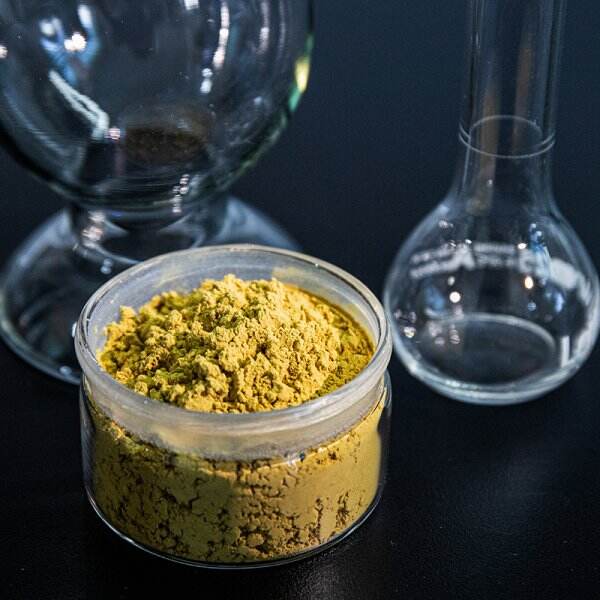Daha Verimli ve Maliyet Verimli
TPPBQ erime noktası analizinin uygulanması, işletimsel verimlilikte ve maliyet yönetimi konusunda önemli geliştirmeler sağlar. Sistemin otomatik özellikleri manuel müdahalei azaltır, insan hatasını minimize ederken kapasiteyi artırır. Hızlı analiz süresi, genellikle her örnekte sadece birkaç dakika gerektiği için, üretim ortamlarında hızlı karar verme imkanı sunar. Yöntemin yok edici olmayan doğası, değerli örnekleri ek testler için korur, bu da malzeme maliyetlerini ve atıkları azaltır. Ayrıca, sistemin düşük bakım gereksinimleri ve dayanıklı yapısı, minimum downtime ile uzun vadeli güvenilirlik sağlar ve bu da araştırma ve kalite kontrol uygulamaları için maliyet etkili bir çözüm hale getirir.

